Summary
Many organizations struggle with justifying and prioritizing accessibility. One of the primary reasons is because they’re thinking about accessibility all wrong. Instead of a checklist, a list of legal requirements, or a set of shackles holding designers and developers back, it’s time to start thinking of accessibility as what it is: an opportunity to innovate! In this presentation, Fable will draw from our expertise helping organizations like yours start the accessibility journey, to change the way you think about disability, assistive technology, and accessibility. We will demonstrate that accessible products are more flexible, customizable, and useful for all users. We’ll also show you how accessibility is directly tied to the creation of many of the most exciting and innovative technologies of the last 50 years, and how it’s changed the entire world for everyone. This presentation will inspire you with the information and ideas you need to accelerate your accessibility journey.
Key Insights
-
•
Accessibility features like dark mode, captions, and voice control began as tools for specific disabilities but now benefit nearly everyone.
-
•
Disability is a fluid experience that includes permanent, situational, temporary, and age-related changes impacting usability.
-
•
Accessibility does not mean simplifying or limiting features but providing flexible designs with customizable options.
-
•
Complex designs can be made accessible with thoughtful collaboration and inclusion of people with disabilities.
-
•
Involving users with disabilities early across research, ideation, prototyping, and development produces better products.
-
•
Distributed accessibility responsibilities among all teams prevent bottlenecks and embed accessibility culture across organizations.
-
•
Cognitive disabilities pose unique research challenges due to variability and privacy concerns but are critical to include.
-
•
Inclusive design anticipates future needs by considering age-related or temporary impairments users will acquire over time.
-
•
Accessibility checklists should guide innovation and problem-solving, not restrict design creativity or act as legal shackles.
-
•
Diverse teams that include people with disabilities naturally produce more inclusive and customizable products.
Notable Quotes
"Everyone already uses accessibility features."
"Disability isn’t just a small percentage; one in five people live with a disability, and it’s an identity we all take on at some point."
"Accessibility requires flexible designs, not limited designs."
"Accessibility is not a shackle; it’s a way to expand our minds and innovate."
"I have never found a product that can’t be made accessible."
"Diverse teams build diverse products."
"If you centralize accessibility knowledge in your organization, it can become a blocker."
"The best way is to distribute the accessibility work so it becomes light work for everyone."
"We move beyond checklist thinking to focus on real needs of real people."
"Thinking about accessibility is really thinking about creating technology that works for all people all the time."
Or choose a question:
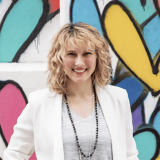
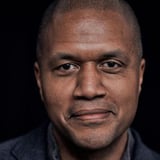


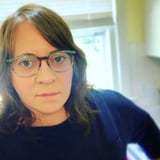
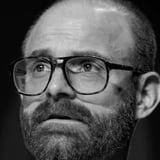






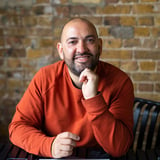

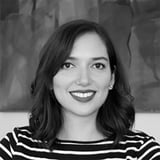
More Videos

"Our research practice was perceived largely as design testers, empathy vehicles, and policing functions — a narrow, reactive role."
Nalini KotamrajuResearch After UX
March 25, 2024

"Constraints can channel focus, but being stuck in them limits potential."
Dean BroadleyNot Black Enough to be White
January 8, 2024

"If you’re not doing the work of addressing your own pain, you won’t be effective in helping others."
Denise Jacobs Nancy Douyon Renee Reid Lisa WelchmanInteractive Keynote: Social Change by Design
January 8, 2024

"Our team’s improvement wasn’t the final state—we set ambitious goals to be in the 80th to 90th percentile next year."
Kim Fellman CohenMeasuring the Designer Experience
October 23, 2019

"What is design’s relationship to power and privilege? Which humans do we center when we say human-centered design?"
George AyeThat Quiet Little Voice: When Design and Ethics Collide
November 16, 2022

"A design system is done not when the style guide is launched, but when it positively impacts customer experience."
Nathan CurtisBeyond the Toolkit: Spreading a System Across People & Products
June 9, 2016

"Platforms need researchers and designers to make them meaningful and intentional for the people they are designed to serve."
Greg PetroffThe Compass Mission
March 10, 2021

"Culture is the sticky glue holding us together but flexible enough to allow us to move in new directions."
Chloe Amos-EdkinsA Cultural Approach: Research in the Context of Glocalisation
March 27, 2023

"Some stakeholders still prefer their beliefs to data, even in academia."
Mackenzie Cockram Sara Branco Cunha Ian FranklinIntegrating Qualitative and Quantitative Research from Discovery to Live
December 16, 2022
















